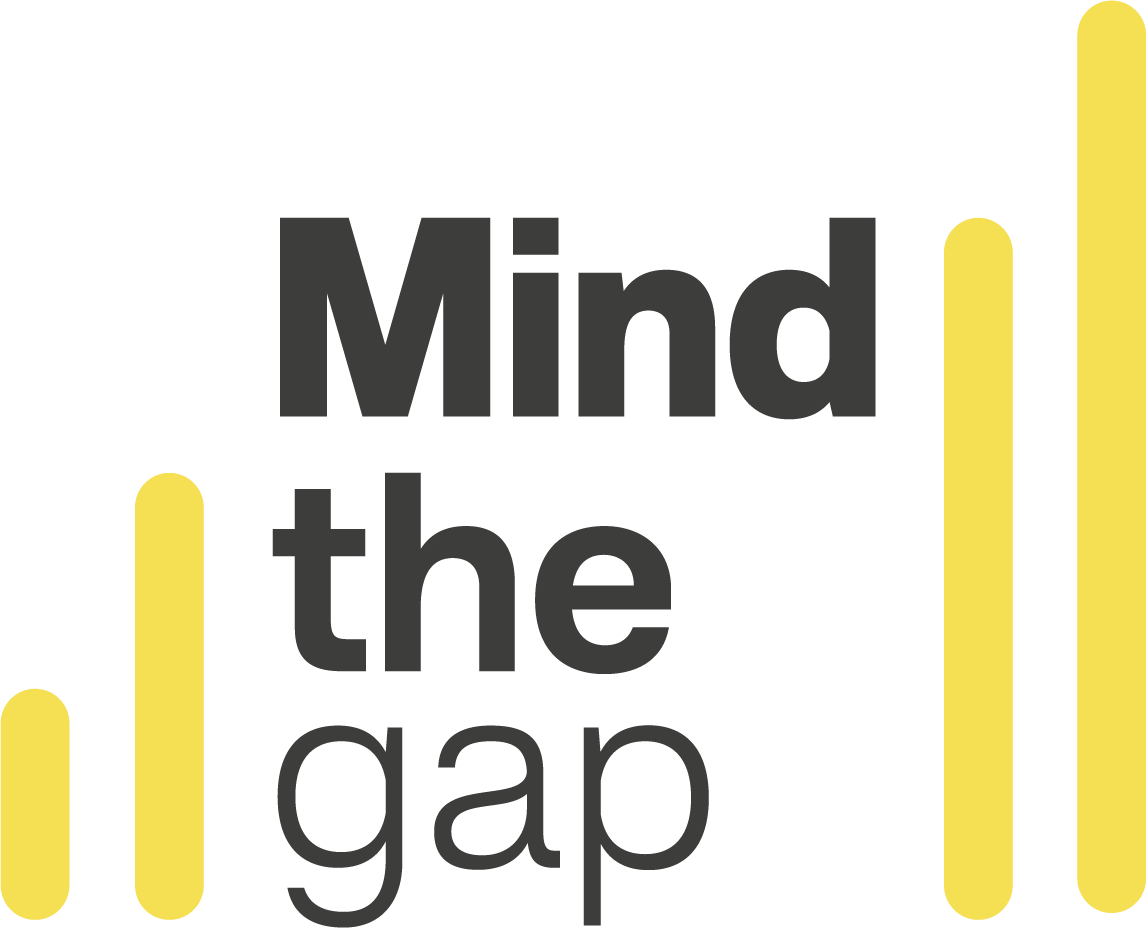
Understanding copyright for a digital creative project
Copyright can sometimes seem like a hassle, but it is a vital tool of protection of intellectual property and is at the heart of the cultural and creative industries.
As performers and artists we respect and abide by this. It protects the originator, and it can protect us. Depending on which area of performance you are engaged in, there are different organisations to relate to. What is common is the founding belief that intellectual property is in fact someone's property, and not something to be used freely without paying a small fee to the owner. The rules and regulations vary from country to country, and from art-field to art-field, which makes it very complicated. The best thing to do is to contact your national Performing Rights Organization and ask for their help.
Here are some things to consider:
Music
Have you checked the information of the Performing Rights Organization in the country you are working in?
Each country has its own Performing Rights Organizations (PRO). If you are performing any music that is not specifically defined as free for use, you have to contact your national PRO. You will have to pay a small fee for each piece you are playing (including playback). The fee depends on the audience-size. Your national PRO can help you with copyright-owners outside your own country.
Online sharing
Have you considered that sharing things online means that “the whole wide world” can see the content?
There is an issue in sharing things online. As the World Wide Web indeed is global, this means you would need to contact every nation’s PRO in order to pay the fees in each country the web reaches. Obviously, this is basically impossible to overcome. Which means that you have some choices:
Don’t share online.
Use material that is older than.
If the content was created before 1923, it is in public domain.
If the content was created from 1923–1978, copyright can last up to 95 years from original publication.
Lastly, if the content was created after 1977, copyright can last for the creator’s life and an additional 70 years after death.
Use material that you have composed yourself
Use material by a composer that has given you permission him/herself and is not a member of a trade-union or similar. Even if you are given permission by the composer, if (s)he is a union-member, (s)he is not allowed to give permission to use things for free.
Get help from your national PRO to help you.
When does a copyrighted work become public domain? This all depends on the country. However, in the United States, the way the law is written (in regards to music), it can never expire. The legalities of sound are very complicated. For some reason, photos, film, and text are dealt with differently. It may have to do with digital culture, and how music is consumed today.
You also should be aware of one common mistake people make. That is, each work has to be researched individually. You can’t look at a date of copyright and assume it could be public domain. A work only becomes public domain IF the copyright holder(s) have not renewed their rights.
What do we mean by this? Copyrights can, and are often sold and transferred to another owner. Having said that, you must research that work (with the assistance of a lawyer, or perhaps the Library Of Congress) to make sure that copyright has not been renewed, and or transferred.
A PRO example from Norway:
TONO is the Norwegian collection society (performing rights organisation), and is owned and governed by its members: Composers, songwriters, lyricists and music publishers.
TONO represents approximately 37 000 rights holders in Norway, as well as millions of rights holders from other parts of the world. TONO collects and distributes performing rights royalties and mechanical rights royalties to individual rights holders in Norway and abroad.
In addition to individual management contracts with approximately 37 000 rightsholders, TONO has reciprocal representation agreements with 74 foreign sister organisations. Thus, TONO manages a global repertoire of copyright-protected music on Norwegian territory.
TONO has transferred the management of its rights holders’ audio recording rights to the Nordic Copyright Bureau (NCB) in Copenhagen, which is owned by the Nordic collective rights management organisations KODA (Denmark), STIM (Sweden), STEF (Iceland), Teosto (Finland) and TONO (Norway).
Theater
Have you checked out the organisations in relation to protecting copyright in theatre?
The theater has its own interest organizations, protecting copyrights, for example the Writer’s Guild.
USEFUL RESOURCE
Check out the amazing Intellectual Property Rights tool on the Creatives Unite website - answers the questions and discover the right tools out there for you to use.
This website include a Guide to Copyright and working with suppliers to create digital content
Visuals
Did you know that you have to pay a fee for using images that have copyright?
Did you know that there are several libraries with copyright free images?
When searching for images online, make sure you only use images you have paid a copyright fee for, or search for copyright-free images. You can find them by visiting Google Images, type in your key-word. Press Tools, then Usage Rights, and finally click Creative Commons licenses. The images that then appear are free to use.
Learn more about this process here:
Maria Boubouka & Paraskevi Tzouveli (OLA European project): Open Educational Resources - Video here (password: Creavolution)
For photos, images, and short films, you can find online libraries full, ready to be downloaded. Type in your key-word, enter and voila! Some of them are free, some you have to pay for. Please read the caption regarding giving credit to the photographer.
Places to visit:
Further reading
Related resources
Mind the Gap report:
Key issue 8: Safeguarding and ensuring compliance


